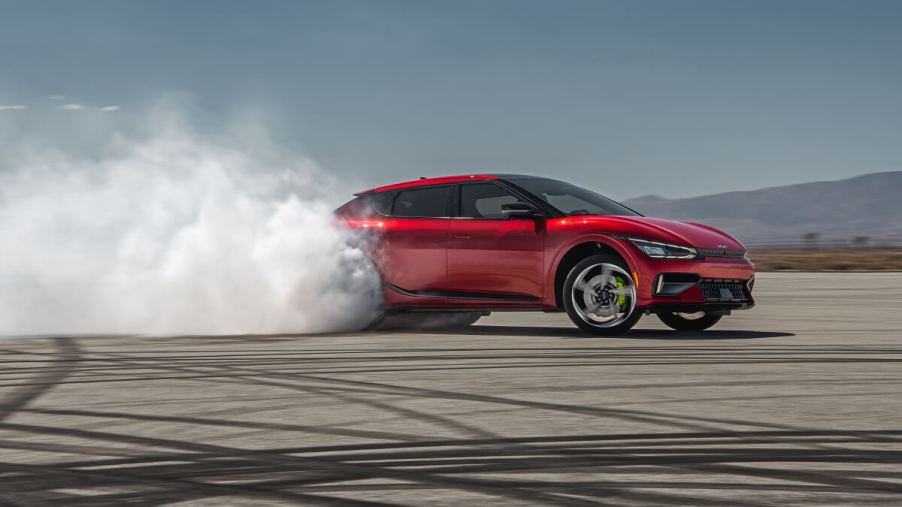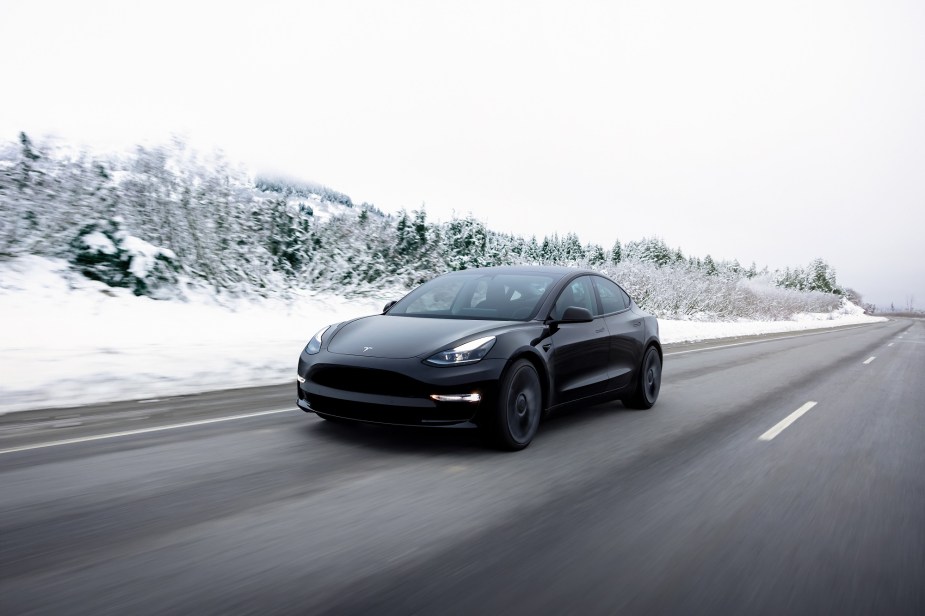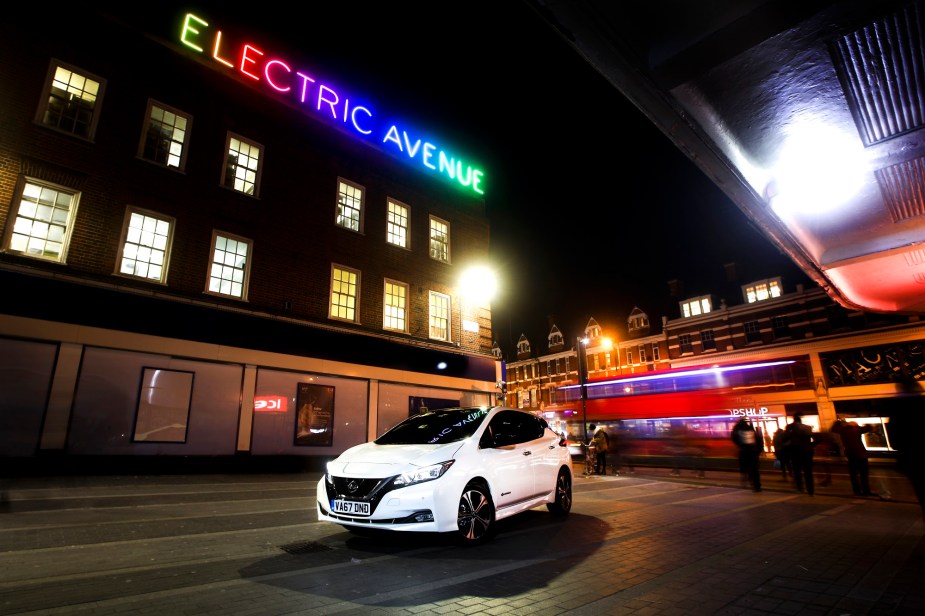
Speak EV to Me: Basics of an Electric Car and EV Terms
Times are changing, and electric vehicles (EVs) are gaining popularity among car buyers. For many, this automotive changing of the guard is a bittersweet affair. However, if you go into your EV search armed with some of the basic lingo and knowledge necessary to pick a good electric vehicle, you might end up with an EV you really like, like a Nissan LEAF or Mini Electric Hardtop. Here are some of the basics of electric cars and EV terms you should know, like kWh and DC charging.
How many types of electric cars are there?
If you’re considering an electric car, you might need to assess what kind of EV best suits your lifestyle. Currently, automakers produce Battery Electric Vehicles (BEVs), Hybrid Electric Vehicles (HEVs), Plug-in Hybrid Electric Vehicles (PHEVs), and Fuel Cell Electric Vehicles (FCEVs). BEVs are what most people think of when they imagine a contemporary EV, like a Tesla Model 3. Those vehicles employ battery-stored electricity to drive motors without the assistance of an internal combustion engine (ICE).

HEVs and PHEVs use a hybrid ICE application to bridge the gap between a BEV and a conventional ICE vehicle. However, many PHEVs can typically drive with EV-only propulsion, while HEVs operate using a more conventional application. The Department of Transportation says that an HEV uses an inseparable combination of ICE and electricity to be fuel efficient. Finally, the EV term “FCEV” refers to a vehicle using electrochemical processes to convert hydrogen and drive electric motors.
Do electric cars use a lot of electricity?
Electric cars use more electricity than household appliances like a refrigerator. However, according to the Department of Energy Efficiency and Renewable Energy, the average annual energy use for an electric car is substantially less than for household water heating.
| Power-user | Annual average |
| Electric vehicle (EV) | 2,800 kWh |
| Household heating | 11,300 kWh |
| Household water heating | 4,700 kWh |
| Air conditioning (AC) | 2,000 kWh |
| Household refrigerator | 1,300 kWh |
Specifically, a typical Nissan LEAF will consume around 1,300 kWh (kilowatt-hours) annually compared to 4,700 kWh for average household water heating consumption. Furthermore, the LEAF had an average running cost of 3.8 cents per mile, much better than a comparable gas-powered Nissan Versa.

What are Level 2 and Level 3 charging?
Charging options divide up into three levels: Level 1, Level 2, and what some folks refer to as Level 3, or Direct Current (DC) fast chargers. You can use a Level 1 or Level 2 charger in your home, although a Level 2 will require professional installation. First, Level 1 chargers employ a household 120-volt that, admittedly, slows the charging process for an electric car. However, if you want a much quicker option, the Level 2 charger adds an average of 14 to 35 miles of range per hour of charging.
DC charging is currently the fastest charging option for EVs. However, DC charging is typically found at dedicated charging stations rather than household applications. Still, DC fast chargers offer various connectors, like CHAdeMO, Tesla, or a Combo system. While it might not be as convenient as plugging in at home, some DC chargers can add up to 10 miles of driving range per minute, depending on the format.
Which cars should you consider when looking for an electric car?
If you’re interested in an electric vehicle, you have plenty of options. First, the Tesla Model 3 offers segment-leading safety and a Long Range trim with a claimed 358-mile range. However, if you want a more budget-friendly option, the Nissan LEAF or Chevrolet Bolt offers wallet-friendly BEVs. Of course, there’s no shortage of BEVs, HEVs, and PHEVs for you to peruse now that you know some EV terms.



